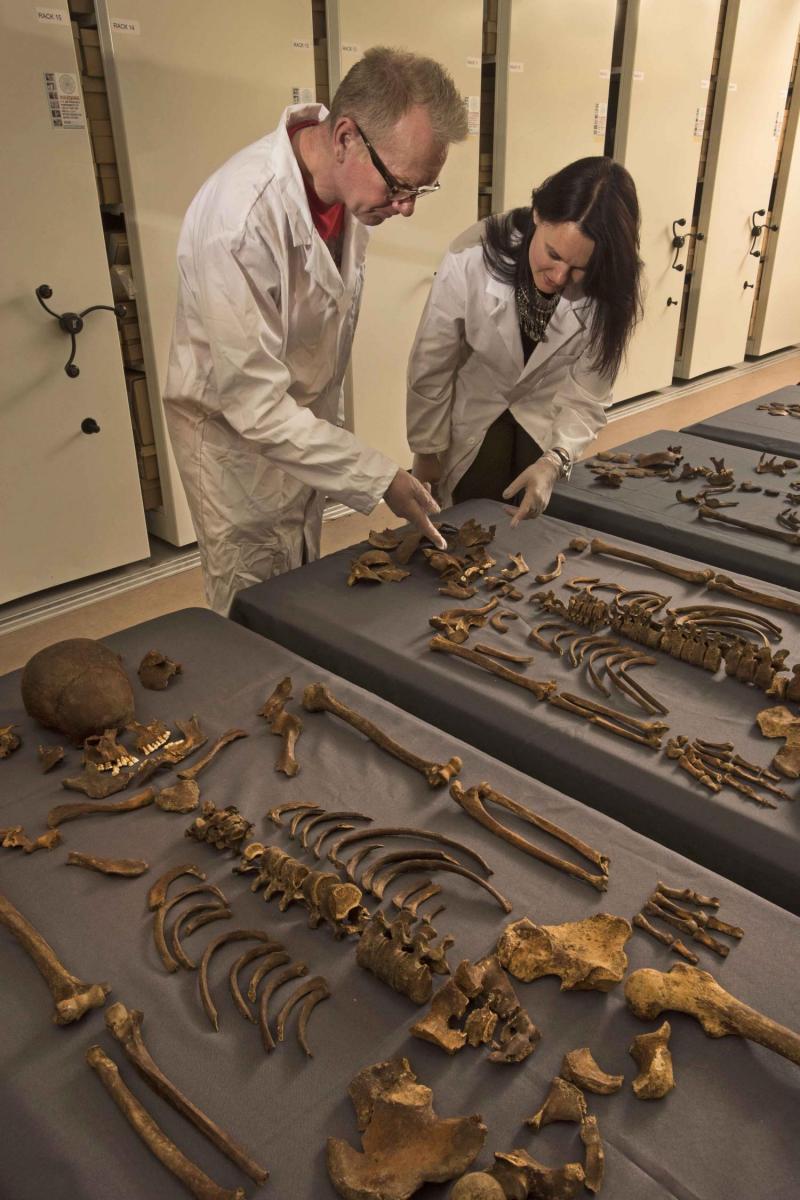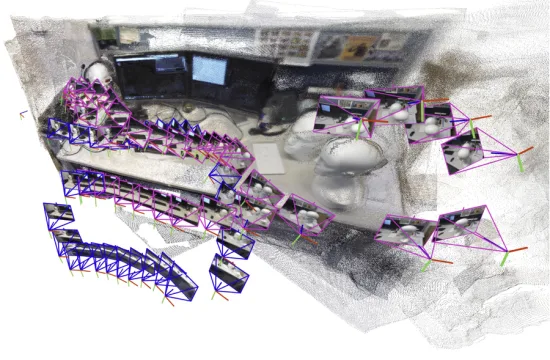
A team of researchers working on studying the remains of victims of the Great Plague of London have for the first time identified the strain of the bacteria that was responsible for killing nearly a quarter of the city’s population over the course of just 18 months. DNA of Yersinia pestis was found in dental material from five skeletons found buried separately among a group of 42 other individuals who were suspected of having succumbed to the plague in the old Bedlam Burial Ground in London.
[pullquote]The DNA from the bacteria remained identifiable because it was deep inside the teeth, where it was protected from dirt, water and decay by the hard external enamel.[/pullquote]
Archeologists have been hard at work digging up and cataloging skeletons from the segregated group at the site, which was discovered last year as workers were digging a new railway line—the entire project has been going on for several years and has involved examining over 3,300 skeletons. Teeth from the segregated group, which were buried in a mass grave, were sent to the Max Planck Institute for DNA testing, and it was there that the strain was identified (five of the 20 samples sent to them tested positive for the strain). Scientists have been trying for many years to identify the particular strain because they want to create a detailed history of the plague, which they believe may help future efforts in dealing with plagues of different sorts. Prior research has found that more modern strains of the bacteria are much less contagious though the reason for it has not been known.
The Great Plague of London of 1665 was the last of the bubonic plagues to strike the U.K, coming approximately 300 years after the Black Death pandemic that killed hundreds of millions of people across Europe. It was famously chronicled by Daniel Defoe as he described the horror he witnessed and the mass burials.
The DNA from the bacteria remained identifiable because it was deep inside the teeth, where it was protected from dirt, water and decay by the hard external enamel. Additional work is expected to reveal more about the individuals who died from the disease, such as whether they had traveled to London just prior to becoming infected and what sorts of things they had been eating. Learning more about the overall health of those that died may help explain why the bacteria was so deadly.







